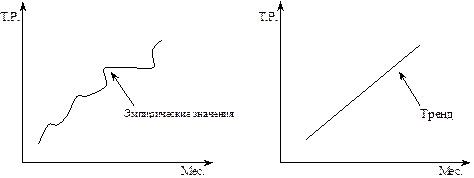Auditory Translators
Auditory learners learn best by listening and responding orally, either to other people or to the voices in their own heads. Learning for them is almost always accompanied by self-talk: "What do I know about this? Does this make sense? What can I do with this?" They are often highly intelligent musically. They are excellent mimics and can remember jokes and whole conversations with uncanny precision. Auditory-external learners prefer to hear someone describe a thing before they can remember it. Given a diagram or a statistical table, they will say, "Can you explain this to me?" or "Can you talk me through this?" Auditory-external language-learners learn well in natural situations in the foreign culture, but also do well in language labs and classroom conversation or dialogue practice. "Native" pronunciation is typically very important for these learners. It is not enough to communicate in the foreign language; they want to sound like natives. Auditory-external translators tend to gravitate toward interpreting, for obvious reasons; when they translate written texts, they usually voice both the source text and their emerging translation to themselves, either in their heads or aloud. They make excellent film-dubbers for this reason: they can hear the rhythm of their translation as it will sound in the actors' voices. Auditory-external translators work well in collaborative groups that rely on members' ability to articulate their thought processes; they also enjoy working in offices where several translators working on similar texts constantly consult with each other, compare notes, parody badly written texts out loud, etc. Auditory-internal learners learn best by talking to themselves. Like visual-internal learners, they have a tendency to daydream; instead of seeing mental pictures, however, they daydream with snippets of remembered or imagined conversation. Auditory-internal language-learners also learn well in conversational contexts and language labs, but typically need to rehearse what they've learned in silent speech. Like auditory-external learners, they too want to sound like natives when they speak the foreign language; they rely much more heavily, however, on "mental" pronunciation, practicing the sounds and rhythms and tones of the foreign language in their "mind's ear." Auditory-internal translators also care enormously about rhythms, and constantly hear both the source text and the emerging target text internally. In addition, auditory-internal translators may prefer to have instrumental music playing softly in the background while they work, and will typically save one part of their mental processing for a running internal commentary.
|




